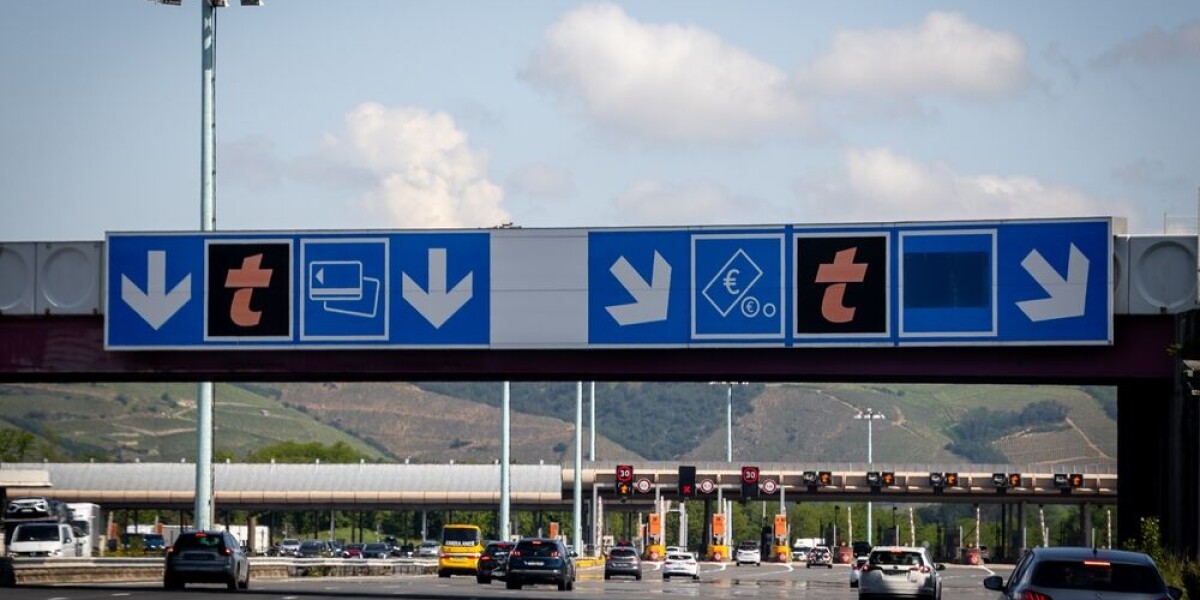
- Select a language for the TTS:
- UK English Female
- UK English Male
- US English Female
- US English Male
- Australian Female
- Australian Male
- Language selected: (auto detect) - EN
Play all audios:
France has more than 12,000 km of motorway stretching across the country. However, only around 25% – or 3,000 km – of these roads are free, with the rest being subject to tolls.
Modernisation of these tolls has seen electronic toll badges (télépéages) and more recently, barrier-free (flux-libre) tolls. Read more: Map shows location of new toll barrier-free
motorways in France (attention you still need to pay) Tolls increase annually, although the rate at which motorway operators can increase them is tied to inflation. In 2025, they rose by
less than 1% on most roads. Read more: Motorway tolls increase in France in February AVOIDING TOLLS IN FRANCE If you want to avoid tolls (where possible), see this list of free motorways
from roole media, below. In several cases, roads are only partially free, with most sections seeing tolls in place and only a small amount of the road without them. A75: free in its
entirety, with the exception of the Millau viaduct, which is subject to a toll A20: free between Vierzon and Brive-la-Gaillarde, and on the Montauban ring road. There are a few toll roads
south of this A28: free between Rouen and Abbeville A62: free section between Bordeaux and La Brède A64: free section from Muret to Lestrelle (Saint-Gaudens) A15: free between Argenteuil and
Cergy A16: free on certain sections near Calais A47: free between Lyon and Saint-Etienne. A7: free in a section between Rognac and Marseille A51: free between Aix-en-Provence and Marseille
A507: (or L2 bypass): free route around the central districts of Marseille A570: free between Toulon and Hyères A709: free southern bypass of Montpellier A55: free between Marseille and
Martigues A63: free between Biarritz and Spain A68: free between Toulouse and Albi (although there is an exit toll at Toulouse) A84: free between Caen and Rennes A31: free section in the
north, notably between Toul and the Luxembourg border A35: free between Strasbourg and Mulhouse A20: free between Limoges and Brive-la-Gaillarde, with some tolls to the south of this section
A25: free between Dunkirk and Lille A map showing the free motorways (as of March 2025) is available below, with red showing tolled roads and green free routes. If you are accessing this at
a later date, an up to date version can be found here. WHY ARE SOME MOTORWAYS FREE? The choice to make certain motorways free of charge is often related to their location. Rural areas,
mountainous regions, and those with fewer other transport links (such as train lines) are more likely to be free to help facilitate movement and boost local economies. This is the case in
central, eastern, and southern France. In addition, links between major urban and industrial centres are also free. There are no tolls in Brittany – locals protested the introduction of
them fiercely – however in turn there are no motorways, with the only roads being ‘Route nationale’ (dual carriageways) with a lower top speed of 110 km/h. The only motorway to partially
cross through the region for about 50 km – the A84 – is free within these boundaries. Ring roads (périphériques) and bypasses in major cities are also often free, including in Paris,
Bordeaux, Toulouse and Rennes. Lyon’s ring road has some tolls along its northern section but is mostly free. Sections of France’s motorway that are free may be under threat, however. A
busy section of free motorway that serves cross-border workers between France and Switzerland is set to become tolled in February 2029, affecting up to 50,000 daily passengers. The local
department is backing the move as it attempts to create ‘financial equilibrium’. Read more: French motorway that has been free for 40 years to reintroduce tolls







